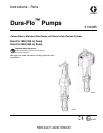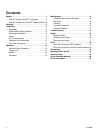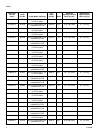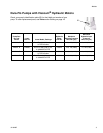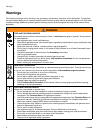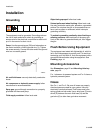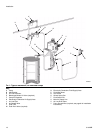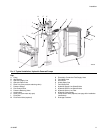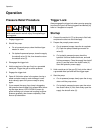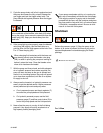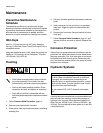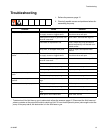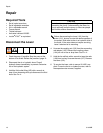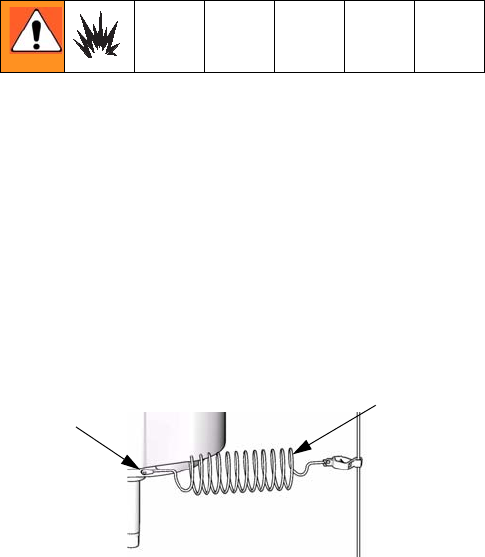
Installation
8 311826B
Installation
Grounding
The equipment must be grounded. Grounding reduces
the risk of static and electric shock by providing an
escape wire for the electrical current due to static build
up or in the event of a short circuit.
Pump: Use the ground screw (GS) and lockwasher on
the motor to attach a 244524 ground wire (Y). Tighten
the screw securely. Connect the other end of the ground
wire to a true earth ground.
Air and fluid hoses: use only electrically conductive
hoses.
Air compressor or hydraulic power supply: follow
manufacturer’s recommendations.
Spray gun: ground through connection to a properly
grounded fluid hose and pump.
Fluid supply container: follow local code.
Object being sprayed: follow local code.
Solvent pails used when flushing: follow local code.
Use only conductive metal pails, placed on a grounded
surface. Do not place the pail on a nonconductive sur-
face, such as paper or cardboard, which interrupts
grounding continuity.
To maintain grounding continuity when flushing or
relieving pressure: hold metal part of the spray gun
firmly to the side of a grounded metal pail, then trigger
the gun.
Flush Before Using Equipment
The equipment was tested with lightweight oil, which is
left in the fluid passages to protect parts. To avoid con-
taminating your fluid with oil, flush the equipment with a
compatible solvent before using the equipment. See
Flushing, page 14.
Mounting Accessories
See Dimensions, page 22 and Mounting Hole Lay-
outs, page 23.
F
IG. 1 shows an air-powered system and FIG. 2 shows a
hydraulic-powered system.
Hoses
See FIG. 1 and FIG. 2. Be sure all hoses are properly
sized and pressure-rated for your system. Use only
electrically conductive hoses. Fluid hoses must have
spring guards on both ends. Use a whip hose (P) and a
swivel (R) between the main fluid hose (N) and the
gun/valve (S) to allow freer gun/valve movement.
GS
TI8250a
Y



